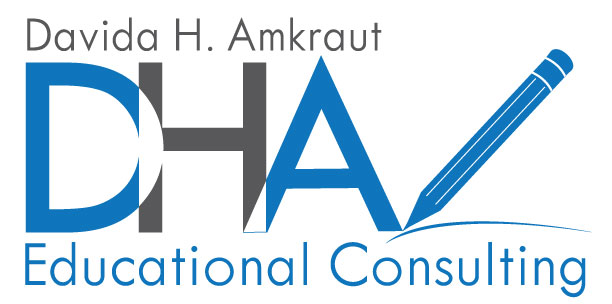Each day the EAB, the Education Advisory Board, puts out a daily briefing of news in higher education. Here is the posting from May 16. This article speaks to the surge in applications and the rise in waitlist decisions that universities make. At the end of the day, the combination of the increase in application numbers and the number of applicants universities accept in the early decision round forces these long waitlists.
Why college admissions waitlists are getting longer?May 16, 2018. Published by the EAB Daily Briefing
Enrollment is a delicate calculus; minor changes in application numbers can have a big impact on the number of students colleges admit and waitlist. High-school students today are applying to more and more colleges, and schools have a harder time predicting how many admitted students will actually enroll. And larger application numbers—in
combination with rising tuition, greater competition, and a growing number of early decision commitments—forces colleges to waitlist more students, writes Melissa Korn for the Wall Street Journal.
For example, the waitlist at Lehigh University grew by 54% between 2015 and 2017. The waitlist at the
University of Virginia grew by 68% during that same period. And Ohio State University’s waitlist size more than tripled.
But even as waitlist invitations grow, the number of students admitted from waitlists is shrinking. At the
University of California, Berkley, 66% of the 161 wait-listed applicants were admitted in the fall of 2012, compared with 27% of 7,459 applicants admitted from the waitlist last year.
Though students may see waitlists as “college admissions purgatory” or a “deferred denial,” waitlists are a common strategy for colleges facing uncertain enrollment numbers. Financially, colleges can’t risk over-enrolling or under-enrolling, and waitlists provide admissions offices with the flexibility they need, explains Janet Gilmore, spokeswoman for UC Berkeley.
The counterintuitive targeting approach to reach your enrollment goals
Waitlists also help colleges to control a variety of factors in their incoming class. Colleges can generally round out class sizes and better control enrollment outcomes by admitting wait-listed students. And
since most students accepted from the waitlist choose to enroll, colleges can easily manage enrollment numbers.
“It’s an admission dean’s dream,” explains Michael Steidel, dean of admission at Carnegie Mellon University. “You see where you are on May 1, then you round out the class by going to the waitlist.”
Colleges can also adjust the composition of their incoming class by strategically accepting waitlisted students. “You can take stock and ‘fix’ or refine the class by gender, income, geography, major or other variables,” explains Jon Reider, director of college counseling at San Francisco University High School. “A large waiting list gives you greater flexibility in filling these gaps” (Korn, Wall Street Journal, 4/27).
